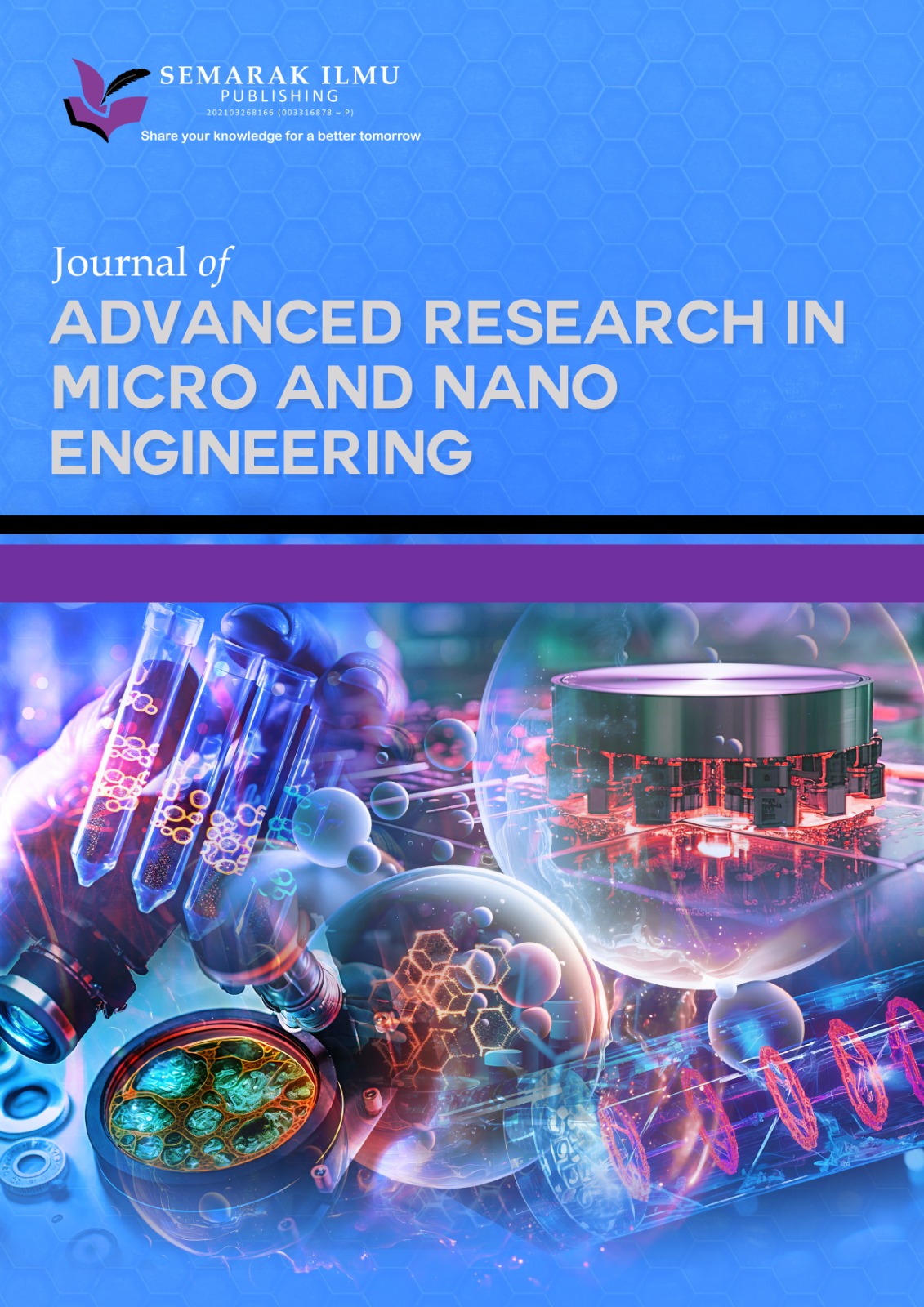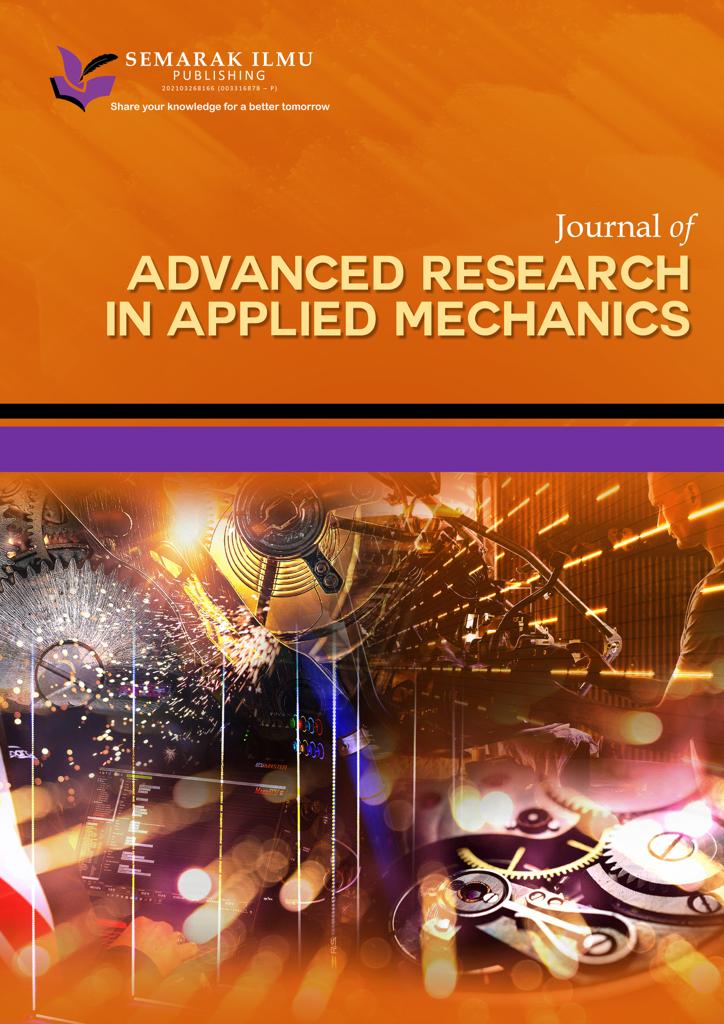The Effect of Depolymerization Treatment on Modified Properties of Chitosan Derived from Crab Shells as a Candidate for Bioabsorbable Screw Materials
DOI:
https://doi.org/10.37934/arfmts.120.2.5666Keywords:
Shells, crab, chitosan, depolymerizationAbstract
The increase in crab meat exports increased the amount of crab shells discharged into the environment. Improper crab shell waste management can cause environmental concerns, public health issues, and increased oxygen requirements. This research aims to utilize crab shells from crab meat processing businesses in Indonesia into chitosan using demineralization, deproteination and deacetylation processes, with depolymerization as an additional process. Crab shell powder will be deproteinized with 3% NaOH and demineralized using an HCL solution. Furthermore, the deacetylation process was carried out for 8 hours at 140oC with 50% NaOH to produce chitosan. The resulting chitosan was then depolymerized using H2O2 at a concentration of 13%. The chitosan properties obtained by the deacetylation and depolymerization procedures were evaluated using X-ray diffraction (XRD), Fourier Transform Infrared (FTIR), and scanning electron microscope (SEM) tests. The results show that the depolymerization process exerts a beneficial effect on the chitosan product. The depolymerization treatment process involves the fragmentation of extended chitosan chains, which leads to the formation of smaller fragments and subsequently causes a decrease in the crystallinity, and particle size of the chitosan obtained. In additions, the results of this study indicate that the depolymerization process causes an increase in the degree of deacetylation of chitosan. The chitosan produced from the deacetylation and depolymerization processes produced chitosan with a degree of deacetylation of 81% and 91%, respectively. Increased the degree of deacetylation (DD, %) leads to reduced molecular weight, improved antimicrobial properties, higher water solubility, improved mechanical properties, and indicates better chitosan purity.
Downloads




























